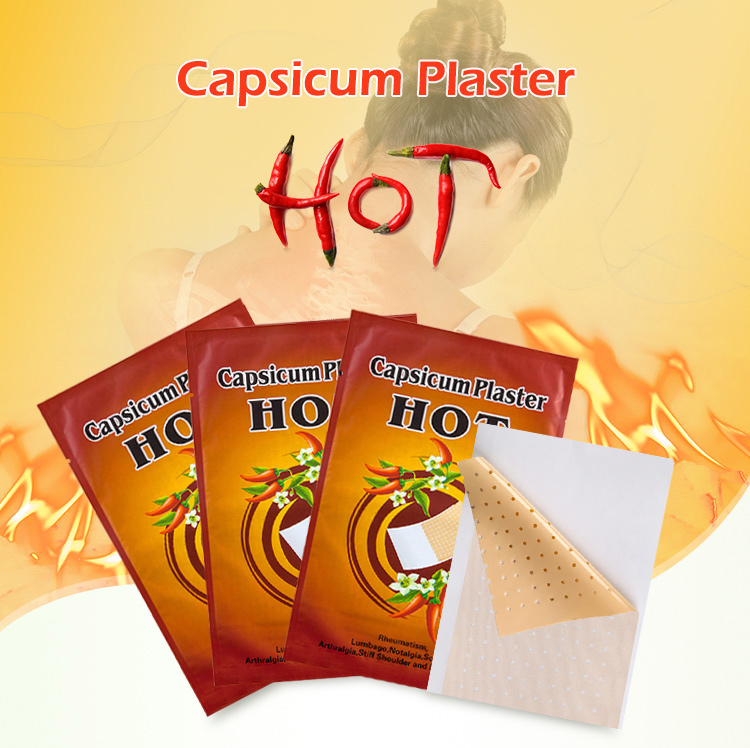Author:Kangdi 30-09-2024
The global market for capsicum plasters is experiencing robust growth, driven by increasing consumer preference for natural pain relief solutions and growing awareness of alternative medicine. As the healthcare industry continues to evolve, capsicum plasters are carving out a significant niche in the pain management sector.
One of the key trends shaping the capsicum plaster market is the rising demand for drug-free pain relief options. With concerns about opioid addiction and the side effects of long-term NSAID use, many consumers and healthcare providers are turning to topical solutions like capsicum plasters as a safer alternative for chronic pain management.
Innovation in product formulation is another driving force in the market. Manufacturers are investing in research and development to create advanced capsicum plasters that offer enhanced efficacy and user comfort. Some of these innovations include controlled-release technologies, improved adhesives for longer wear time, and combination formulas that incorporate complementary ingredients like lidocaine or herbal extracts.
The e-commerce boom has significantly impacted the distribution of capsicum plasters. Online retail platforms have made these products more accessible to a wider audience, enabling consumers to easily compare different brands and read user reviews. This shift in purchasing behavior is prompting manufacturers to focus on online marketing strategies and direct-to-consumer sales channels.
In terms of regional markets, Asia-Pacific is emerging as a hotspot for capsicum plaster growth. The region's rich tradition of herbal medicine, combined with a large aging population dealing with chronic pain conditions, creates a favorable environment for market expansion. North America and Europe continue to be strong markets, driven by the growing interest in natural health products.
Looking to the future, the integration of smart technology with capsicum plasters presents an exciting prospect. The development of smart patches that can monitor usage, adjust dosage, and communicate with healthcare providers could revolutionize pain management practices.
However, the market also faces challenges, including regulatory hurdles in some countries and the need for more clinical studies to support efficacy claims. Manufacturers who can navigate these challenges while continuing to innovate are likely to thrive in this growing market.
 0086 19937104978
0086 19937104978





